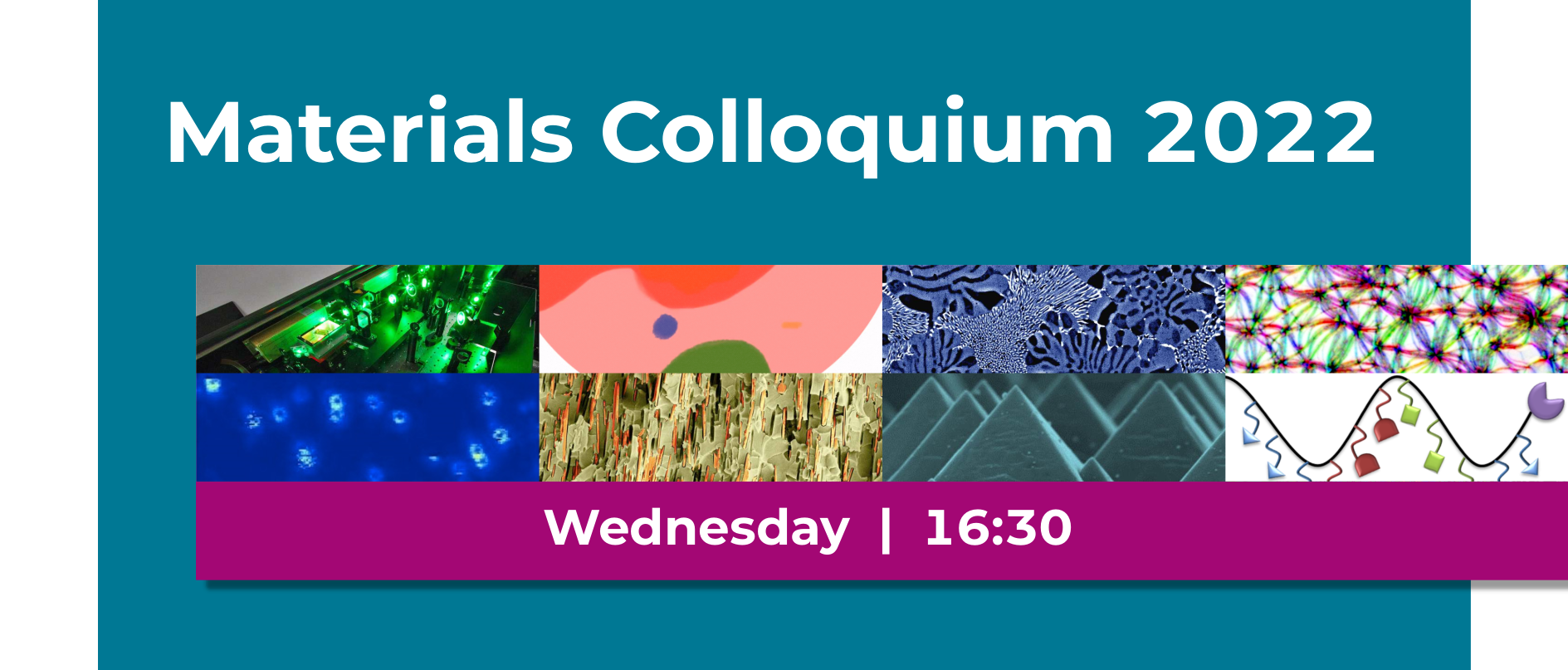In-person in HCI J 4 or on Zoom: https://ethz.zoom.us/j/66595365893
Accelerating the search for functional materials using machine learning methods
Aria Mansouri (Materials Theory — D-MATL)
I will show several examples of the application of machine learning in materials design.
First, I discuss how screening crystal structure databases using machine learning models constructed based on compositional and structural features led to the development of two superhard materials. Further, to screen for compounds beyond the existing databases, we used an ensemble learning method to directly predict the load-dependent Vickers hardness, using the composition as input. Such a composition-based model is useful to rapidly screen through composition spaces to focus the search space; however, neglecting the influence of crystal structure limits its application. One such example is ferroelectricity. Therefore crystal structure prediction is essential to finding new ferroelectric materials.
A ferroelectric candidate possesses a polar crystal structure, is insulating and thermodynamically favorable. To search for candidates that fulfill these requirements, we developed a framework that consists of a series of machine learning models in conjunction with high-throughput DFT calculations and group theoretical analyses capable of predicting the crystal structure of any given composition. Finally, we developed a machine learning model based on distortion modes to predict new meta-stable crystal structures of BiFeO3.
Soft magnetic Fe-based bulk glassy alloys: a comprehensive case study
Mihai Stoica (Metal Physics and Technology — D-MATL)
The Fe-based metallic glasses (MGs) are very promising for applications. Although they are metallic alloys consisting of common chemical elements, the amorphous structure that characterizes the MGs can be obtained only upon quenching the master alloy from the molten state. The resulted samples are usually in form of ribbons, having thicknesses up to few tens of micrometers.
They are soft magnetic materials, showing extremely low coercivity and high permeability, combined with a relatively high saturation magnetization. Therefore, they possess low magnetic losses, making them attractive for electrical transformers, sensors and actuators. Moreover, the soft magnetic properties may be further enhanced upon nanocrystallization. Also, they can be tailored by a proper control of the resulting nanostructure. This particular structure can be achieved only upon annealing the amorphous precursor. A major drawback is that by nanocrystallization the MGs become mechanically brittle and difficult to manipulate. Therefore, a bulk glassy alloy would be more feasible for applications as small parts in e.g. magnetic clutches or actuators.
In the last several years we investigated the possibility to create such bulk nanocrystalline alloys, with customizable structures and magnetic properties. Although the magnetic behavior is understood, the mechanism of the nanocrystallization could not have been resolved without employing state-of-the-art investigation methods, as time-resolved X-ray diffraction in transmission configuration using synchrotron radiation, in-situ and ex-situ transmission electron microscopy and atom probe tomography. The current presentation will guide the listener through these studies and will shed light on the nanocrystallization mechanism.
